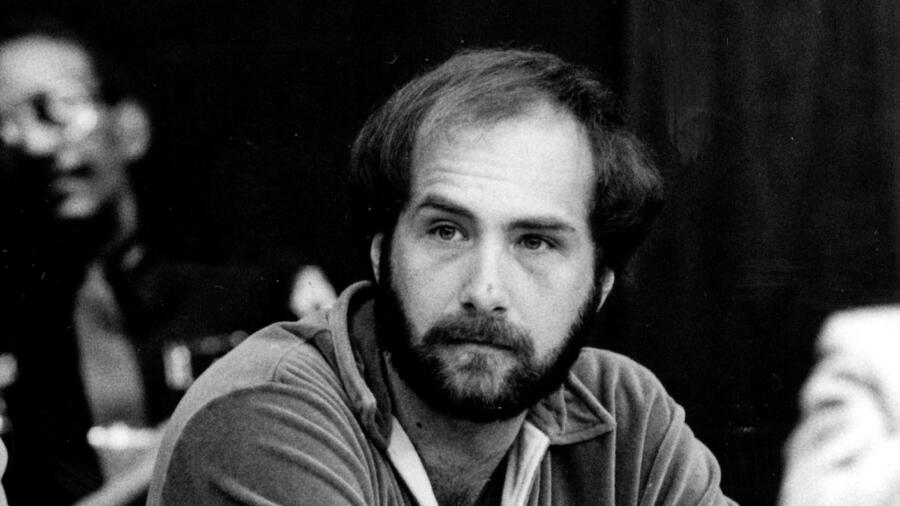In the fall of 1977, terror gripped the campus of Ohio State University. Three women had been attacked—kidnapped, robbed, and raped by a man who left behind a trail of confusion and contradiction. That man was Billy Milligan, a 22-year-old with no alibi, damning evidence against him, and no clear explanation.
Or so it seemed.
What unraveled in the months that followed wasn’t just a defense strategy—it was a story that would explode into the national spotlight and rewrite the rules of courtroom sanity. Because Billy Milligan wasn’t alone in his mind. And he swore it wasn’t him who committed the crimes—it was someone else living inside him.
The First Legal Victory for a Split Mind
On December 4, 1978, Billy Milligan became the first person in U.S. history to be found not guilty by reason of insanity due to dissociative identity disorder—formerly known as multiple personality disorder.
This wasn’t a loophole or a minor technicality.
It was a moment that redefined how courts interpret accountability, mental illness, and the fractured human psyche.
Inside the Mind of Billy Milligan: 24 Personalities, One Body
Milligan claimed to harbor 24 distinct personalities, each with its own memories, skills, voice, and morality. Among them:
- Ragen: a Slavic-speaking strongman who committed the robberies
- Adalana: a timid 19-year-old woman who confessed to the sexual assaults
- Arthur: a calculated Englishman with a medical mind
- Allen: a charming manipulator who could talk his way out of anything
- Christene: a frightened 3-year-old who couldn’t read
Some alters were left-handed, some right-handed. Some smoked. Others hated it. Some didn’t even know the crimes had happened.
One police officer recalled:
“I felt like I was speaking to a new person every time I looked at him.”
The Diagnosis That Shook the Legal System
Nine psychiatrists confirmed the diagnosis of dissociative identity disorder, including Dr. Cornelia Wilbur, the same expert who treated “Sybil”—the woman whose case helped popularize the disorder.
They agreed: Milligan’s mind had been fractured by years of horrific childhood abuse, allegedly at the hands of his stepfather. In response, his psyche created “splits” to absorb the trauma. The personalities developed in isolation, unaware of each other, until finally one committed acts the core Billy couldn’t remember—let alone control.
The Courtroom Battle: Sickness or Strategy?
The defense argued that Milligan’s disorder left him incapable of understanding right from wrong during the crimes.
The prosecution, however, wasn’t buying it. They painted Milligan as a con man using psychiatry to dodge prison. One of his personalities—Allen—was especially good at manipulation. Could this all be an elaborate performance?
In most cases, the insanity defense rarely works. But this time, the jury believed the psychiatrists, the defense—and the chaos inside Billy’s head.
He was declared not guilty, and sent not to prison, but to a mental institution.
Would Billy Milligan Walk Free Today? Probably Not.
Forensic psychologist Dr. Joni Johnston is blunt:
“I don’t think he’d be found not guilty today.”
Courts now demand a clear, causal link between a mental illness and the crime. You can’t just prove someone is ill—you have to prove that the illness made them commit the act without understanding or control.
Milligan’s case may have been a product of its time—before DID became more understood and more rigorously challenged.
In a modern courtroom, his personality disorder might help explain the crime, but it likely wouldn’t excuse it.
After the Verdict: What Happened to Billy Milligan?
Though he avoided prison, Milligan spent the next decade in mental institutions, including the notorious Lima State Hospital.
There, he received treatment and slowly “merged” several personalities into a more stable self. He was released in 1988 under strict supervision and eventually vanished from public life.
He died of cancer in 2014, taking many of his secrets—and personalities—with him.
A Legacy That Still Divides Experts
To some, Milligan was a victim of extreme trauma, a man whose mind cracked under unthinkable pressure. To others, he was a master manipulator, who used emerging psychiatric theories to escape accountability.
But even those who believe him admit the cost was high. His victims never received traditional justice. And his story left a legal system with more questions than answers.
🧠 Frequently Asked Questions
Who was Billy Milligan?
An Ohio man arrested in 1977 for kidnapping and rape, later found not guilty by reason of insanity due to dissociative identity disorder.
How many personalities did he have?
He was diagnosed with 24 distinct personalities, each controlling different aspects of his behavior.
What is DID (formerly MPD)?
Dissociative Identity Disorder is a rare psychological condition where a person develops multiple distinct identities, usually as a response to extreme trauma.
Was Billy Milligan faking?
Opinions vary. While many experts validated his diagnosis, skeptics—including legal and psychological professionals—have questioned the authenticity of his symptoms.
Where is he now?
Milligan died of cancer in 2014 after years in psychiatric care and reclusion.
Did his trial set a precedent?
Not legally. While historically significant, Milligan’s case didn’t change how the insanity defense is applied nationwide.

